Leads are the lifeblood of any business, but especially SaaS businesses.
Unfortunately, generating leads is just one hurdle. You must also think about how to retain and convert those leads. But those are a topic for another discussion. Acing the first step, lead generation, is critical in developing a solid lead generation strategy that effectively targets your target audience and turns them into paying customers.
An effective B2B SaaS lead generation campaign should be closely tied to your marketing efforts. But first, you have to identify the best lead qualification criteria and create buyer personas to boost the quality of leads generated.
Introduction to SaaS Lead Generation
SaaS lead generation converts organic traffic or visitors to your website to potential customers. But to convert your leads into paying customers requires a series of steps that you must effectively implement with proper timing and the correct lead generation tools.
Capturing leads is no easy task, especially with the rising market competition. Every SaaS business is vying for your audience’s attention. It’s important to develop strategies that offer value to a potential customer to convert them successfully. If not, then they just that – leads.
Your ability to capture leads is not the end goal of lead generation, especially for a SaaS business. Your goal is marketing qualified leads using powerful lead generation strategies. This guide will teach you the best strategies and lead qualification criteria to sustain your leads funnel.
What is a Lead?
The lead is the first and most important element of a successful SaaS lead generation strategy. Therefore, it pays to define a lead and how to qualify one.
A lead is a potential customer for your SaaS business. These are individuals or groups (your target market) that may be inclined to use or buy your products or services. They could express interest in your product or have a need to purchase your products or services.
Your SaaS lead is the lifeblood of your services. They are highly valuable to your SaaS business because they enable you to retain existing customers while trying to capture more leads.
Determining the Value of a Lead
Not all leads are good for your business. Some are worth more than others. Your ability to distinguish from different types of qualified leads could boost your business’s potential for growth.
Using a systematic approach enables you to determine the actual value of your SaaS lead because you can calculate the revenue you can make from those leads compared to the cost of the lead acquisition for a SaaS company. You need to determine the value of a SaaS lead: Lifetime Value (LTV) and Customer Acquisition Cost (CAC).
What is Lifetime Value (LTV)?
All businesses prioritise customer acquisition. But if you want to obtain new leads and retain existing customers, you must prioritise customer relationship management, as it is crucial to the growth of your SaaS company.
It is also closely tied to the concept of customer lifetime value. It’s important when you want to keep your customers and convert your SaaS leads to potential customers that drive your business revenue. The lifetime value refers to the potential amount of money a customer would spend on your business over your relationship. Analyzing customer lifetime value provides valuable insights into lead generation and the lead nurturing process.
For example, a customer with a high lifetime value is someone who is worth spending more resources on to acquire and nurture. On the other hand, you should not pursue leads with low customer value since they won’t increase your business’s revenue.
In short, the total lifetime value measures the potential return on investment and identifies if they are worth the marketing efforts and resources. Another advantage of determining the total lifetime value of a customer is the possibility of improved targeting and increased customer loyalty.
What is Customer Acquisition Cost?
Another crucial element in determining the value of qualified leads is customer acquisition cost for a SaaS business. As the name suggests, it refers to the total amount of money a company invests to acquire new customers. It is part of a company’s marketing efforts to expand its clientele.
The customer acquisition cost includes marketing, advertising, and hiring sales personnel to convert leads into customers. You must divide that amount based on the total number of customers acquired from the lead generation efforts.
Any business owner is aware that marketing your business and obtaining new leads is not inexpensive. Companies employ various methods to obtain new customers, such as increasing clicks on an advertising banner to drive more traffic to your website or adding more people to your email subscription list.
These efforts contribute to your effort to generate leads and convert those leads into customers. There are more lead generation strategies to explore, and you can try a combination of these strategies, such as content marketing, developing landing pages, using Google ads, and promoting on social media platforms.
How to Calculate Cost Per Lead
With some background knowledge of the customer lifetime value and the customer acquisition cost, it is now easier for you to determine the cost per lead. You can do this by dividing the total marketing cost for a SaaS company by the total number of new leads generated. Refer to this formula to keep your marketing efforts in check and to ensure you are not spending more than your SaaS business is gaining in return (in terms of getting more leads).
You can also employ this same formula to determine the value of qualified leads and improve your lead generation strategies (if necessary). Therefore, you can guarantee that you generate more revenue than you spend on marketing qualified leads.
Tracking the ROI of B2B SaaS Lead Generation
Many B2B and SaaS companies understand that there is a long sales cycle for tracking the ROI of lead generation strategies. However, tracking the ROI when you generate SaaS leads is essential for many things. First, it tells you which lead generation campaigns are effective and brings profits to your SaaS company. It also provides valuable insights so you can improve areas where gaps exist.
Since the sales cycle could occur for months and years, tracking the ROI for the high quality leads is challenging. It is rare for a SaaS company to generate high quality leads and then convert them in the same month (although it’s not to say that can’t happen!). In a research conducted by Implisit, they stated that B2B SaaS companies experience a 13% conversion rate, even with warm leads. The average time converting SaaS leads is approximately 84 days or 3 months.
Lead Qualification Criteria
A lead qualification criteria is a process that SaaS organisations employ to determine if a particular lead is worth pursuing and the priority level for a particular lead. Since companies have many areas to allocate their resources, prioritization is crucial to ensure you invest your time and effort in fruitful marketing efforts that can prove profitable.
The first step would be to identify which leads would pay off. Qualifying high quality leads significantly boosts your ability to convert leads into potential customers.
Lead qualification criteria is a checklist that you can refer to if you want to predict the likelihood of making a sale from new leads that turned into paying customers. So, how important is qualifying the right leads for your SaaS businesses?
- It helps capture leads that are high quality and potentially high conversion.
- It boosts revenue potential because of the high conversion rates from new leads.
- It makes your marketing efforts more cost-efficient.
- It increases the efficiency of your lead generation strategies to improve other aspects of marketing your business.
- It promotes proper alignment of your marketing and sales efforts.
Lead scoring should not be confused as being the same as lead qualification. The former is a subset of lead qualification and is one of the main criteria to consider. Lead scoring occurs after you have acquired the lead. It involves comparing your new capture leads and scoring them based on your criteria, such as demographic or engagement.
Lead scoring can assist in creating buyer personas, enabling you to improve customer relationship management. It also makes tracking engagement from certain lead categories easier, which helps you optimize your marketing efforts. Also, it informs you on which channel to prioritize in your lead generation strategies, such as social media platforms, email, or Google ads.
So, how do you qualify leads? Here is a step-by-step look at the essential criteria for finding qualified leads.
Step 1: Know your buyer profile
Lead qualification occurs at the latter stages of your marketing funnel. Before this, you should have created your buyer personas so you know your target audience and can focus on them during lead generation. The buyer person provides the characteristics and traits of your ideal customer.
You can create different buyer personas within the same target market to enable you to customize your campaign approach. This information saves your marketing team time in identifying potential leads you can convert into potential customers.
Step 2: Distinguish intent vs interest
A lead might express interest in your products or services, but qualified leads express intent to buy or use your products and services. There is a huge gap between the two; your priority should be the latter. It is not enough that your leads are interested, they should have enough intent to use your products or services. If you can find these leads, they will help boost the success rate of your SaaS lead generation strategies.
Step 3: Consider the budget
Can your leads afford your products or services? The ability to afford your SaaS products or services is an important criteria for qualification, especially since sales conversion is one of the primary factors when measuring the success of lead generation strategies and return on investment.
Step 4: Assess the customer’s need
Among the best practices in your effort to capture leads is to assess the customer’s need. Once you capture leads, conduct further investigation and assessment of their needs to serve them better. Understanding their needs is just as valuable as addressing their pain points. When you appeal to their needs, you are more likely to transform a potential customer out of those leads.
Step 5: Timing
Timing is another crucial element when setting the criteria for qualified leads. Is there a specific time frame when your target market wishes to make their purchase? Proper timing is one of the most powerful lead generation strategies because it addresses a need and has a sense of urgency that guarantees a sale from your B2B SaaS lead generation efforts.
Types of SaaS Leads
As a SaaS company, you can succeed with your lead generation strategy by identifying what a lead means to you. Is it someone who will likely purchase your products or services? Or is it someone who follows and engages on social media platforms?
As you can see, there are different types of leads, especially for SaaS businesses. Your marketing and sales team must distinguish between these various leads to help maximize your time and resources for nurturing and qualifying those leads. If you don’t take this necessary step, it could lead to confusion and an inability to predict sales growth potential through lead generation.
Each type of lead represents various levels of intent among your potential customers. Keep reading to find out how you can make that distinction.
1. Information Qualified Leads (IQL)
Information qualified leads are also known as ‘cold leads.’ It represents the start of the buyer journey or right after you capture leads.
These types of leads are within the Awareness stage of the journey since they discover your SaaS company and its products or services through content marketing, such as your website or blog post. These leads have consented to add their email to your subscription list as they want more information.
2. Marketing Qualified Leads (MQL)
This category represents leads in the second stage of the customer journey – consideration. It is the most critical stage because you want to ensure you can transform them into paying customers using the correct lead nurturing strategy.
Also known as ‘warm leads,’ marketing qualified leads are closer to a purchase than those in the above category. These customers intend to buy and look at your products or services as a potential solution to their pain points or problems.
3. Sales Qualified Leads (SQL)
The sales qualified leads are the best type of leads that SaaS businesses want. They are called the ‘hot leads.’ These prospects have reached the Decision stage in their customer journey, and you want to influence their buying decision. At this stage, your sales team can take over from the marketing team, such as offering a free trial or demo. The intent here is to close the deal with your target customers.
SaaS Lead Generation Strategies
Choose from various SaaS lead generation strategies to ensure you can capture more SaaS leads for your business. You can generate high quality leads that you can easily convert if you combine these different lead generation strategies.
1. Defining Buyer Personas
Creating a buyer person helps your marketing and sales team to identify your ideal customer. It outlines the characteristics and traits, such as the age, demographic, employment, and gender, of your target audience. Using these metrics will inform your lead generation efforts and design the most effective strategy to boost your SaaS leads.
2. Keyword Research and Search Engine Optimization
A solid SEO strategy goes hand-in-hand with SaaS lead generation. The higher your search rankings, the more you can target qualified leads and reach your target market.
Search engine optimization positively impacts your ability to capture more leads, ranking your website higher than others. Therefore, you can generate more organic traffic and increase your exposure to more customers.
Boost your SaaS lead generation efforts by performing a website audit. You can perform market research and keyword research to incorporate into your content marketing strategy and SEO strategy (on-site and off-site). Think about your website speed and improve your link building efforts. Your performance in search engine rankings and results can pay off big when generating SaaS leads.
3. Content Marketing
Content marketing is tied closely to using SEO to boost SaaS lead generation. Tying these different approaches to boost your overall lead generation strategy is an excellent idea.
The first step is to build a blog for your website. You can use this space to write a blog post and update the content regularly to optimize your targeted keywords. A blog is one of the best tricks to enhance SEO performance and get your website ranked higher on search engines. You can optimize various elements, such as blog posts, images, backlinks, and increase social media engagement.
4. Social Media Marketing
Speaking of social media engagement, it is a crucial element in boosting your SaaS lead generation efforts. If your target market is in social media, it makes sense to beef up your social media marketing efforts to increase leads.
If your SaaS company has no social media presence, now is the best time to get started. This platform allows you to capture leads, especially highly targeted ones. You can leverage this platform to provide information about your products or services and capitalize on the intent of potential customers on various social media platforms.
5. Email Marketing
Email lead generation remains one of the most formidable lead generation strategies, especially for SaaS businesses. The first step is to set up lead capture forms on your website or social media pages. Encourage people to sign up for your email list. The more people opt-in, the more leads you can add to your campaign.
But capturing leads is only the first step. Make sure you create compelling email marketing campaigns with a strong call-to-action (CTA), such as risk free paid trials and other offers that would entice your leads.
6. Webinars
Hosting webinars is another one of those powerful lead generation strategies you can leverage for your SaaS company. There are various ways to capture leads using webinars, such as targeting your webinars to compel your target audience, creating a powerful value proposition, and using promotional tactics to maximize the reach of webinars.
7. Automated Lead Generation Tool
Employing an automated lead generation tool to capture SaaS leads is a smart strategy to collect as many leads as possible and convert them into customers. These tools allow you to set lead qualification criteria to select the best leads and develop powerful campaigns that convert.
8. Landing Page
Creating a compelling landing page is critical to successfully capturing SaaS leads. The landing page represents the start of your marketing funnel. It is the first thing that your target audience sees before they opt in as a lead. Make sure to offer something of value that will enable you to capture your audience’s information before proceeding to the lead nurturing process.
These are the best practices when creating a landing page that captures leads:
- Create an attractive and simplified design
- Trigger action with a compelling call-to-action (CTA)
- Only ask for the minimum with the opt-in forms
- Highlight the benefits of signing up
- A/B test your landing page
- Add social proof
- Create limited offers to build a sense of urgency
- Provide relevant resources, such as PDFs, guides, or e-books
Conclusion
The SaaS marketplace continues to evolve and transform. It is a highly competitive industry, but since the products and services vary, SaaS lead generation is challenging.
Lead generation is not a one-size-fits-all approach. What worked for other SaaS businesses won’t necessarily bring the same results for your SaaS company. You must clearly and fully understand customer needs and constantly refine your lead generation strategies to generate more leads and grow your business.


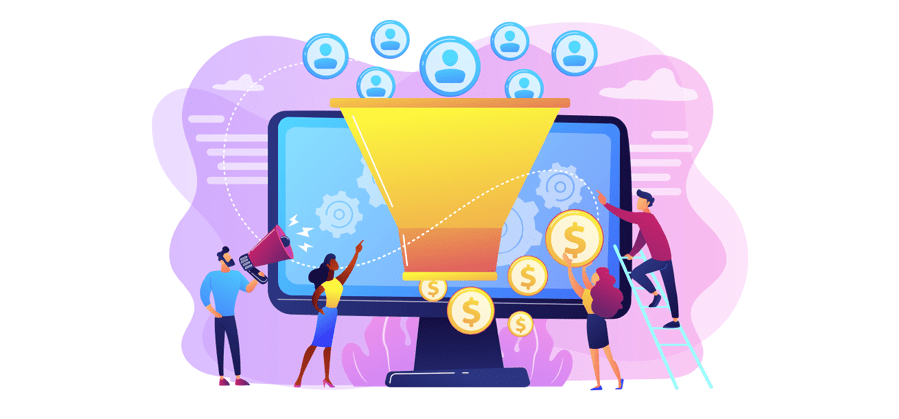
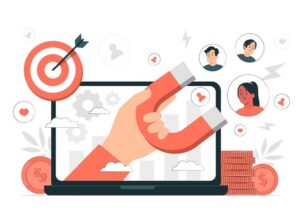
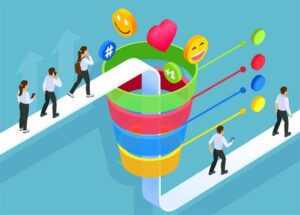
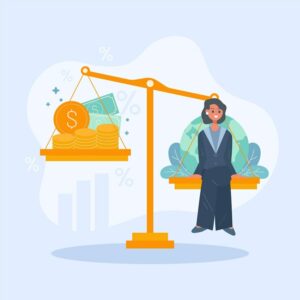
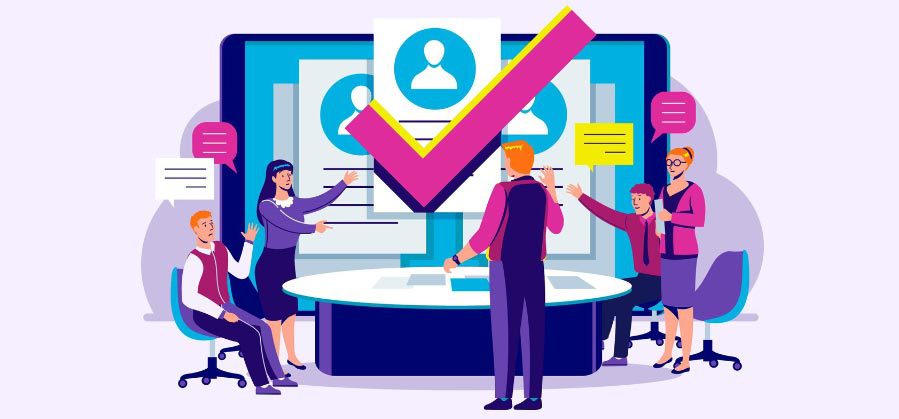
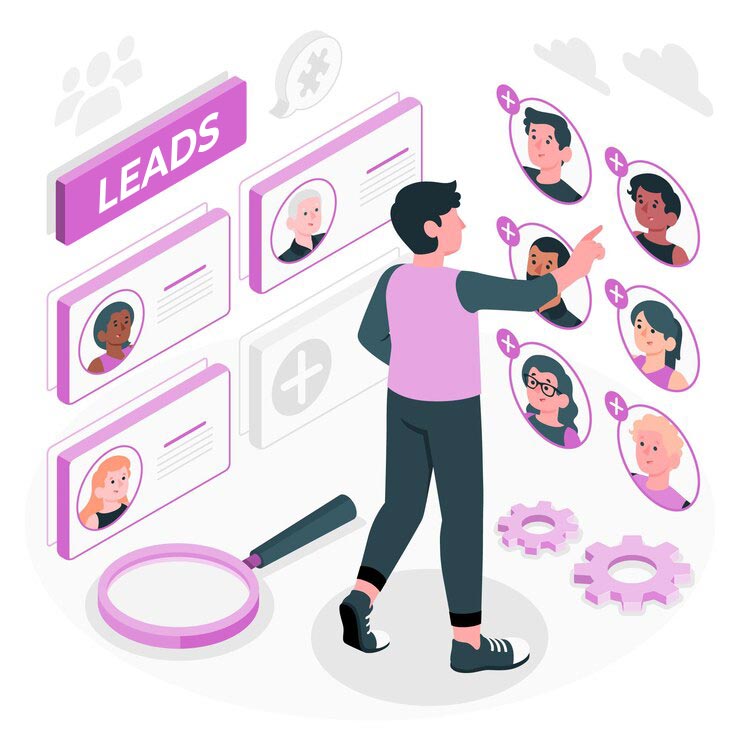
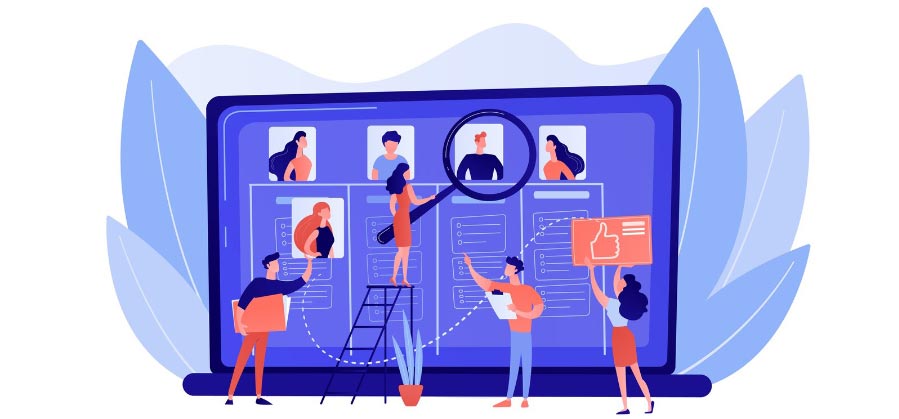




Leave a Comment